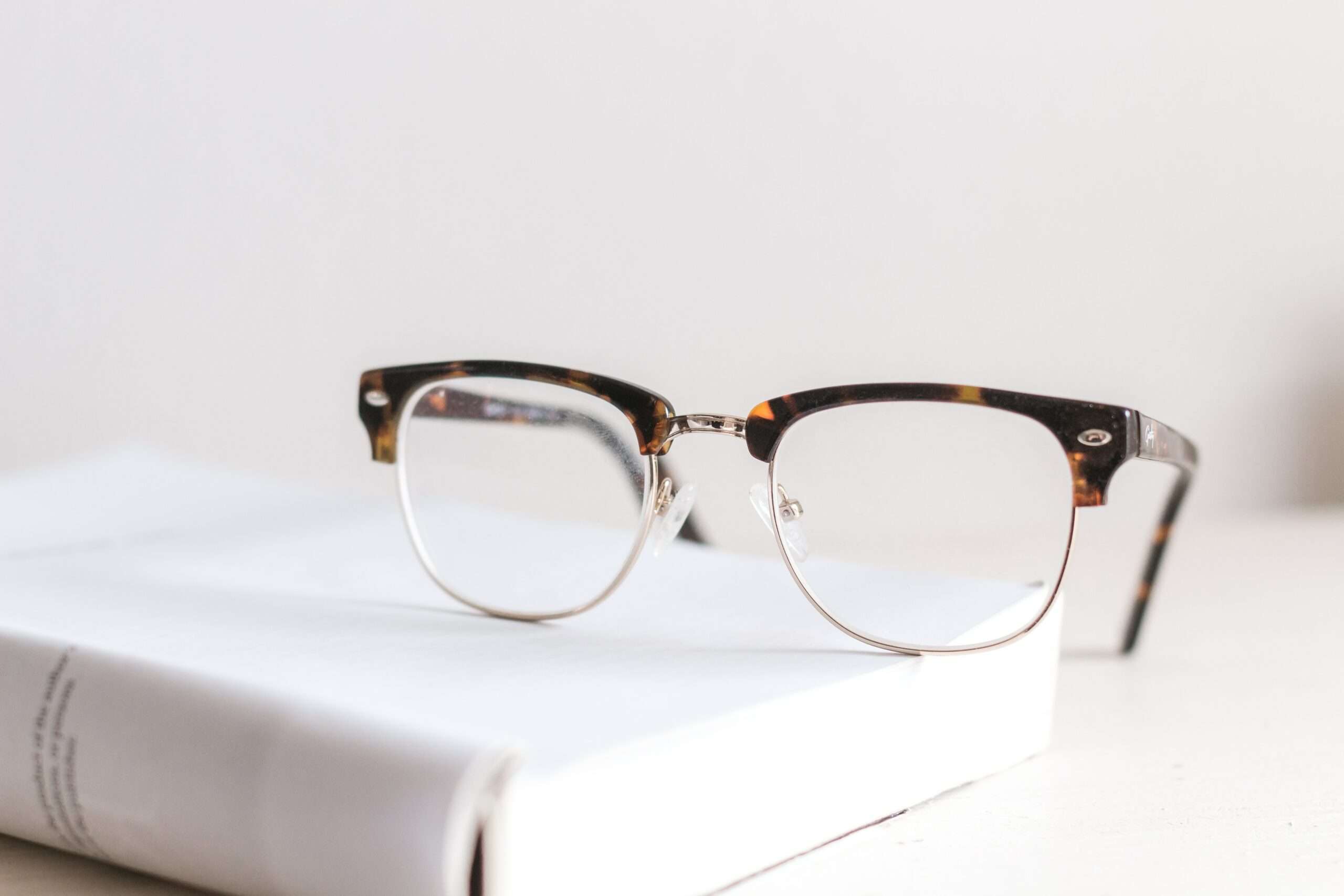In recent years, with the rise of Zoom and remote working culture, blue light glasses have gained immense popularity. Companies exclusively selling these “computer glasses” have seen great increases in valuation, funding, and profits. According to an article from the New York Times, blue light glasses consist of lenses designed to filter out blue light, which is light waves that are emitted by the sun and, at a smaller rate, digital devices. They are thought to create a multitude of side effects: headaches, dry eyes, etc. And blue light glasses claim to reduce the impact of them.
This leads to the question: Do blue light glasses really work?
To give a brief response, it depends. As mentioned further into the article, there is no scientifically-backed endorsement promoting the use of blue light glasses. But that does not necessarily mean they are useless.
Understanding Blue Light
To first understand whether computer glasses are worth the investment, one needs to understand blue light. Blue light are shorter waves with relatively higher energy. They have a similar radiation to UV waves, only slightly longer and therefore less powerful. Blue light is all around us—whether it be naturally in the sun or artificially in LED lights and digital devices. Typically, blue light is natural and healthy for humans to absorb. Throughout the day, it boosts attention and attentiveness. However, at night, blue light can disrupt sleep, as it shifts humans’ circadian rhythm—“the body’s internal clock.” Daylight is what keeps a person’s internal clock aligned with the environment, so blue light at night stimulates issues stemming from disrupting one’s sleep schedule. In fact, according to a Harvard research study, blue light suppresses the release of melatonin more so than other colored light, shifting one’s circadian rhythm with greater impact.
Blue light doesn’t just impact sleep schedules. In large amounts, blue light can cause eyestrain, also known as “computer vision syndrome.” This can lead to headaches and blurred vision. When individuals stare at digital devices, they tend to blink less. On average, humans only blink 3 to 8 times per minute when engaging in activities that require intense focus, such as reading, watching television, listening to a podcast, or working on a computer. This is about 60% less than the average blink rate. For this reason, when looking at a screen for a prolonged period of time, one can get dry eyes.
Blue Light Glasses Claims
Blue light glasses have a few central claims.
- Protecting from computer vision syndrome by reducing blue light exposure. According to the Cleveland Clinic, this means reducing:
- Burning or itchy eyes
- Headaches
- Blurred vision
And many other side effects.
- Increasing the quality of sleep. Blue light at night can shift one’s circadian rhythm. By reducing blue light exposure, computer glasses can assist in regulating an individual’s “internal clock.”
However, researchers have found that both of these issues are not improved by the use of blue light glasses.
What Does the Research Say?
The American Journal of Ophthalmology conducted a study to research the impact of blue light glasses. All participants were given a two hour, computer-based task and computer glasses. However, only one group of participants were given the actual blue light spectacles.
There was no significant contrast in eye strain levels between the two groups—the fact whether they wore fake or real blue light glasses made no difference. Researchers concluded the use of computer spectacles does not have any added benefit or harm to individuals.
Alternatives to Blue Light Glasses
There are other methods to alleviate the eye strain issue.
20-20-20 Rule
A potential way to prevent dry eyes is to follow the 20-20-20 rule. For every 20 minutes looking at a screen, look at something—a bird, a plane, any object—20 feet away for 20 seconds or more. This can prevent dry eyes by prompting one to blink more often when using a screen
Utilize Technology (Ironic but just read)
Many smartphones nowadays have a night mode that one can personalize to activate when it’s near bedtime and stop in the morning. Certain technological devices also have ways to change the display color/tint. Additionally, there are screen protectors that filter blue light.
Sit Farther Away from the Screen
The reason individuals often have eye strain is due to their close proximity to the screen. Try sitting about 25 inches, or an arm’s length away from the screen. One can increase the font size on their device also, if they need to increase readability.
Our Final Recommendation
So what is the verdict? Do blue light glasses work?
It’s really up to an individual’s personal preferences to answer that question. Blue light glasses are not endorsed by the American Academy of Ophthalmology, as there is no scientific evidence. Doctors recommend getting light sensitivity glasses to those who deal with conditions that are subject to light sensitivity, such as migraines. They filter out other strain-stimulating light rays, along with blue light.
If anyone uses a screen late at night and has trouble falling asleep blue light glasses can potentially assist with managing sleeping schedules and eye strain.
And, let’s not forget, they add a professional yet fashionable accessory to one’s outfit!
If you have decided to invest in a pair of blue light glasses, this New York Times article has great affordable recommendations supported by optometrists and eyeglasses providers.
